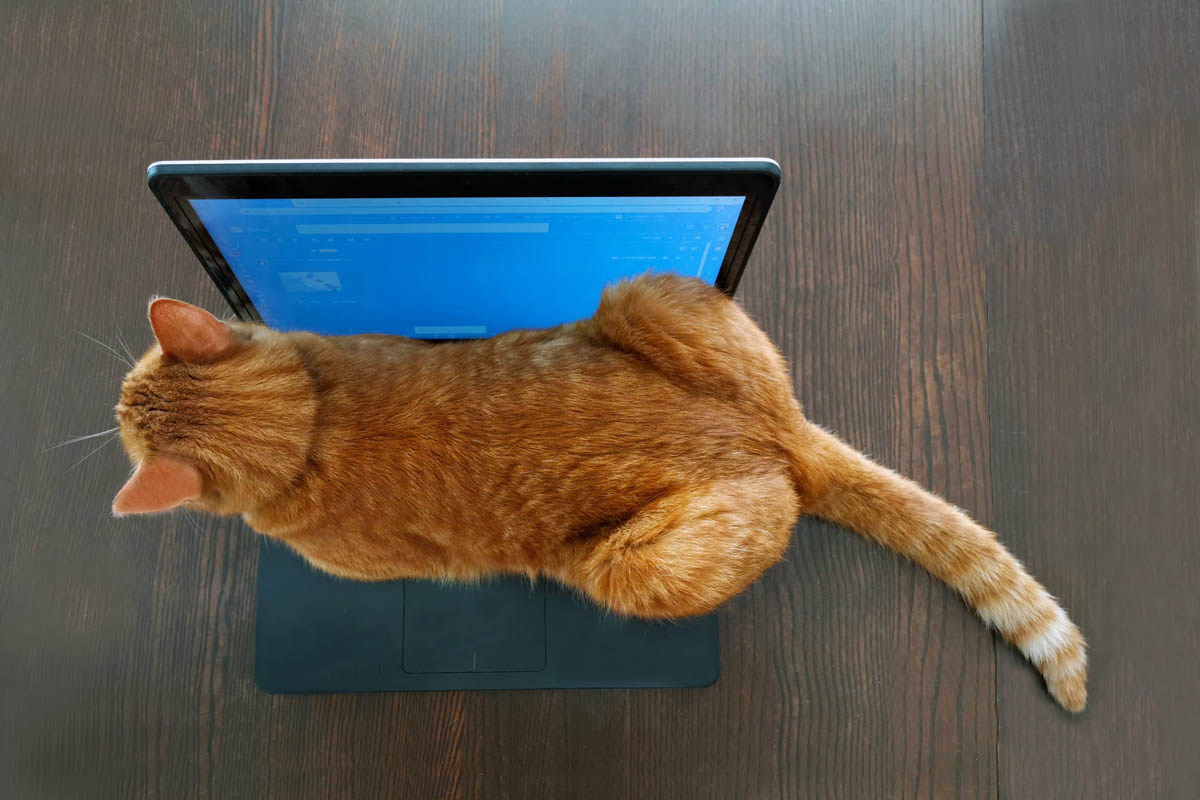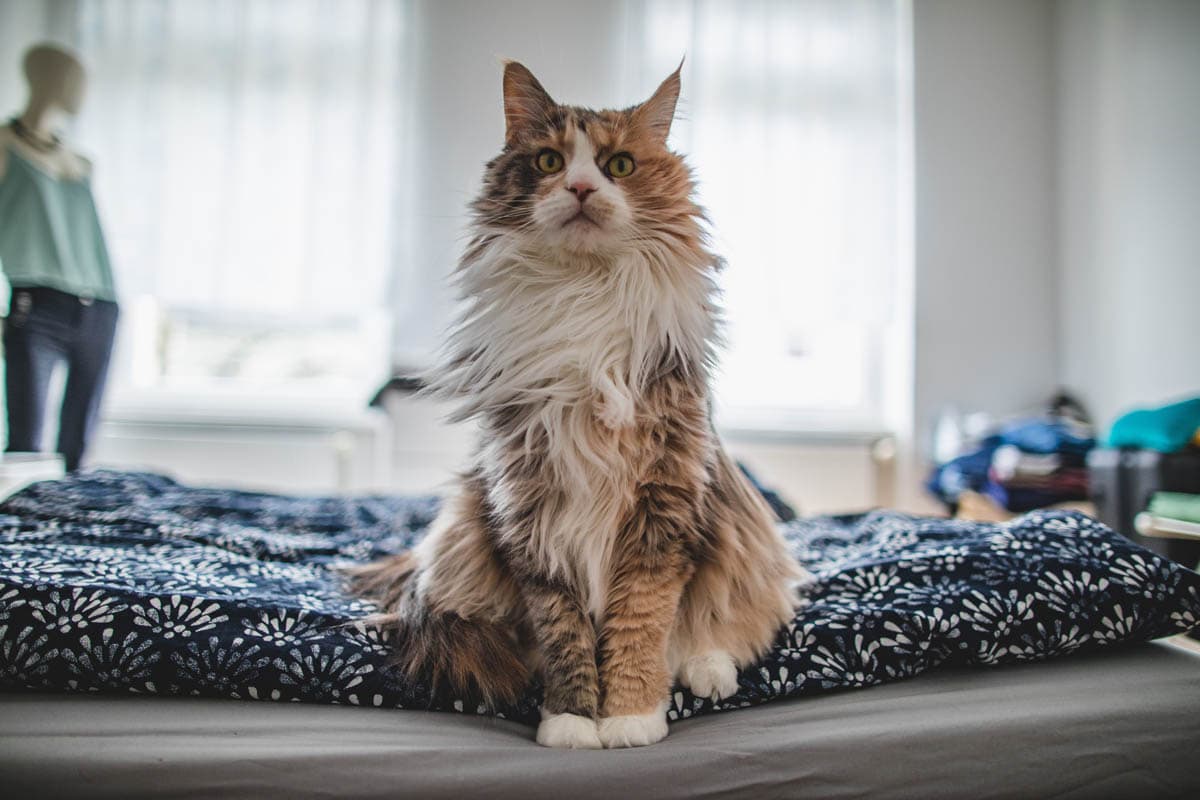Cats have a reputation for being independent and self-sufficient, while there is some truth to that, as living, breathing, feeling animals, cats still need care, attention and love. If their needs are not met, they may display several signs that they are not receiving enough attention as they would like.
All of these behaviours can occur in a happy and healthy cat; the difference is in the severity. For example, most cats meow, but it’s generally not to excess. Any behaviour change should be investigated by a veterinarian to rule out an underlying medical cause.
Excessive meowing

Some cats are more vocal than others, Siamese, Orientals and Bengals are all talkative breeds of cats who like to give a running commentary. Sometimes a cat will start to meow incessantly for no apparent reason; it can occur during the day or on a night when the cat is alone. Common causes of excessive meowing include an entire female cat in heat, cognitive dysfunction syndrome in a senior cat, pain, separation anxiety, boredom and attention-seeking.
Knocking things over
Cats knock things over for several reasons, curiosity, playing, accidents and attention-seeking. In the latter case, the cat will often look at you while he knocks the object to the floor, which attracts your attention.
Following you around
Most cats follow their human around, especially at mealtimes. My Oriental is relentless in the morning, and will not stop following me until he is fed. This is completely normal but can become a problem if a cat starts to feel ignored and is craving attention.
Winding themselves around your legs
This is normal, especially around feeding time, but it can become too much when it is constant and is also a tripping hazard.
Sitting on your laptop, book, in front of the TV

When you sit down, the cat thinks it’s an opportune time to sit on your lap, but your attention is on a book, the TV, a laptop. So what does the cat do? Blocks your view, so that you will focus on him instead.
Pawing at or climbing onto you
Similar to the above scenario, as soon as you sit down, the cat comes along and climbs on your lap. This can become even more intense when you are talking on the phone or watching TV because he is feeling ignored.
Scratching furniture

Scratching is normal behaviour that helps the cat shed the outer layer of the claw and stretch the shoulders and legs, and transfer the cat’s scent onto the object. When the target is a sofa or the carpet, humans react by shouting at the cat, which gives the cat attention.
We cannot and should not attempt to eliminate scratching because it is a natural and necessary behaviour. A sturdy cat tree is a must for all homes with cats.
Why do cats do these things?
In most cases, the person will react to the cat, which gives attention, even if it is negative. This reinforces the behaviour in the cat because he knows if he acts out the behaviour, you will focus your attention on him.
What can you do?
First of all, speak to your veterinarian if your cat is displaying any changes to his behaviour because there may be an underlying medical condition.
The short answer is to ignore bad behaviour, reward good behaviour and enrich the cat’s environment.
- Where practical, move objects to a safe location that the cat may knock over.
- Keep routines the same; cats are creatures of habit and don’t like changes.
- Schedule 10-15 minutes a day (twice a day is even better) to play with the cat. This provides the cat with mental stimulation, physical exercise and time with you.
- Provide the cat with a sturdy scratching post and if the cat is caught scratching an inappropriate object, pick the cat up, and move it to the scratching post with as little interaction as possible. When choosing a scratching post, look at how the cat has been scratching, was it on a horizontal or vertical surface? Better still, buy one of each. Each cat has his or her preferences.
- If you are out of the house for long periods, consider a second cat for companionship.
- Provide other outlets for the cat with food puzzles and interactive cat toys to keep him occupied. Place perches and cat trees near windows so that the cat can see outside.


